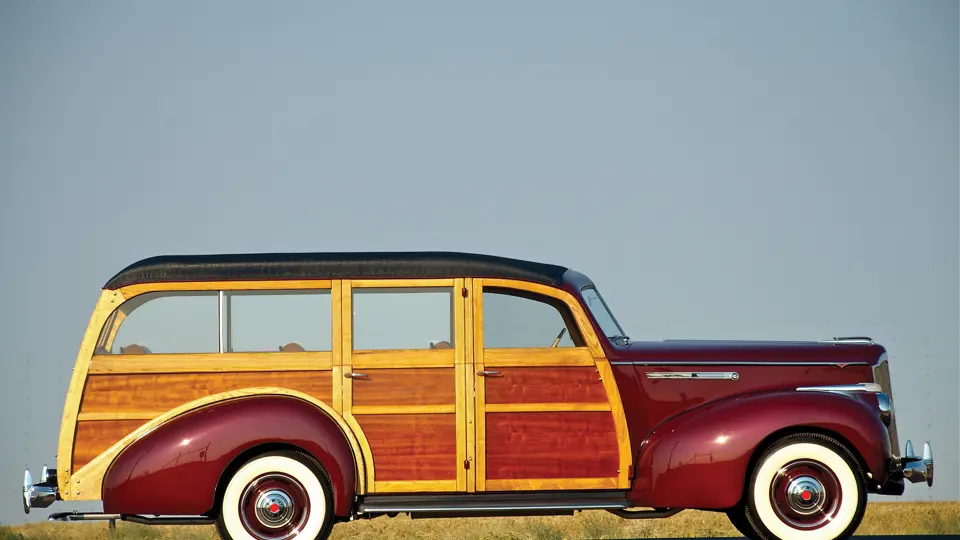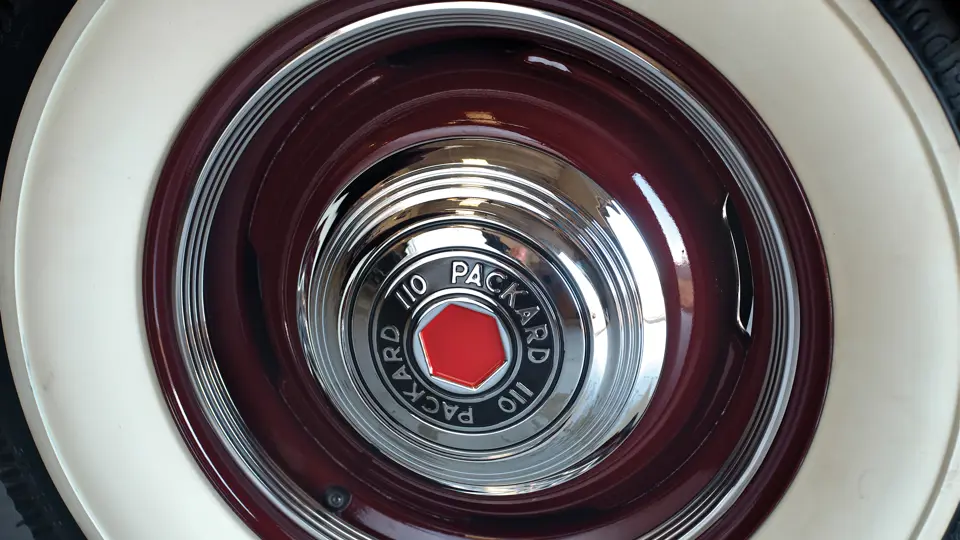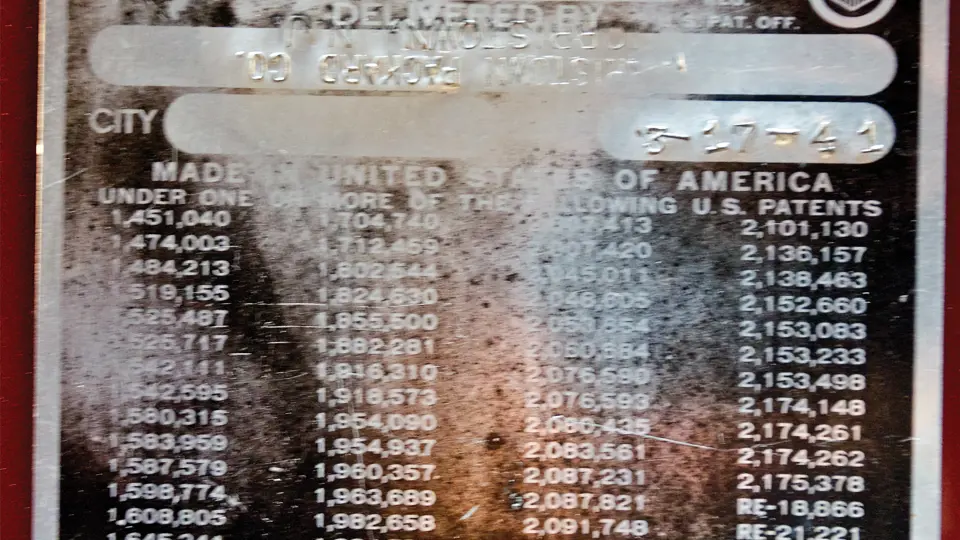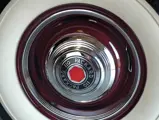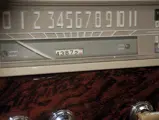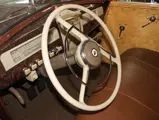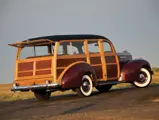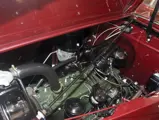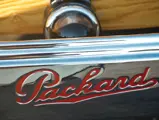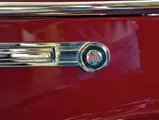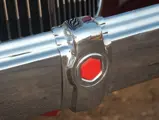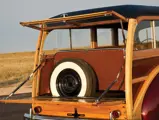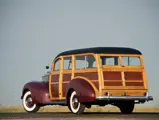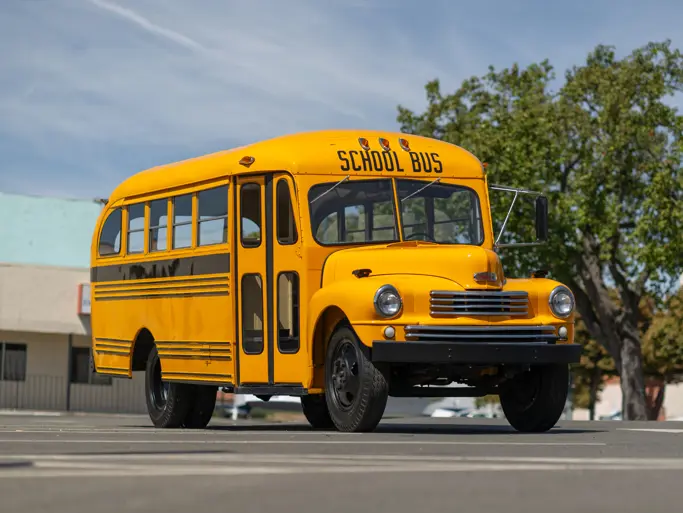Model 1900. 100 bhp, 245 cu in L-head inline six-cylinder engine, three-speed manual selective synchromesh transmission, coil-spring independent front suspension, live rear axle with semi-elliptic leaf springs, and four-wheel hydraulic drum brakes. Wheelbase: 122"
• Fresh, authentic restoration; offered from 20 years of single ownership
• Very rare station wagon with Hercules body and Deluxe trim
• One of 358 Packard station wagons built in total for 1941
Unlike the majority of its competitors, Packard survived the devastating Depression and maintained its stature as one of America’s leading luxury-car makers. Following record-breaking sales in 1940, Packard introduced a wider range of its six-cylinder One-Ten models, with Deluxe versions also being made available for 1941. Introduced on September 16, 1940, Packard’s Nineteenth Series cars featured subtly updated styling, with only minor changes in the overall body panels for the 1941 One-Ten line. Inside, a new, more ergonomic plastic dash design was available in various colors to match the interior. Packard would build over 34,700 of its continuingly popular “Junior” models and by far, one of the rarest was the stylish yet practical eight-passenger, wood-bodied station wagon.
By the late-1930s, only a handful of companies remained to build useful yet elegant wooden bodywork for America’s various car manufacturers. Packard had switched from Cantrell in 1940 to Hercules Body Company, who also built bodies for GM. The wooden-bodied station wagons were shipped back to Packard for final assembly at the East Grand Boulevard plant. Although Packard built far fewer station wagons than many of its competitors, they were some of the most elegant and stylish in the industry.
For 1941, Packard offered a choice of Standard or Deluxe station wagons in the One-Ten Series. The Standard version, body style 1483, was priced at $1,250, while the Deluxe model, body style 1463, cost $1,325. There were also two One-Twenty Series models offered, but the only real difference between the two wagons was the eight-cylinder engine. The total production of all Packard station wagon bodies built by Hercules Body Company in 1941 was but 358 units, making this One-Ten Deluxe very rare when new, and even more so today.
Now offered from approximately two decades of single ownership and showing approximately 43,000 miles, this One-Ten Deluxe Station Wagon from 1941 began as a good, solid, and well-stored example prior to receiving a complete restoration by Gene Robertson Auto Body, of Amarillo, Texas, with the wonderful results now displayed. The metal bodywork was stripped and refinished in the original Maroon. The wooden body framing was completely stripped down and only the rear-wheel arches were found to require replacement, with new wheel-arch framing provided by the Wooden Car Company. The interior retains the original wood paneling and includes new carpeting and seat covers, plus fresh wood graining on the dash. All new glass, glass channels, felt, and weather stripping were fitted, a new top was installed, and all brightwork is fresh.
Mechanically, the car’s frame was stripped and powder-coated, the entire suspension was restored with all-new bushings, new brake lines were fitted, the fuel tank was cleaned, and the wheels were aligned. While the six-cylinder engine and manual transmission remained sound and did not require rebuilding, the car now benefits from many new components, including the clutch, hoses, water pump, wiring, a new exhaust system, and new tires. Road testing was also completed to ensure proper operation. Handsomely presented, freshly restored, mechanically sound, and exceedingly rare, this 1941 Packard One-Ten Station Wagon is a wonderful and highly enjoyable example. In addition, it represents an interesting premium alternative to the far more pedestrian Ford and Chrysler “woodies” of the 1940s.




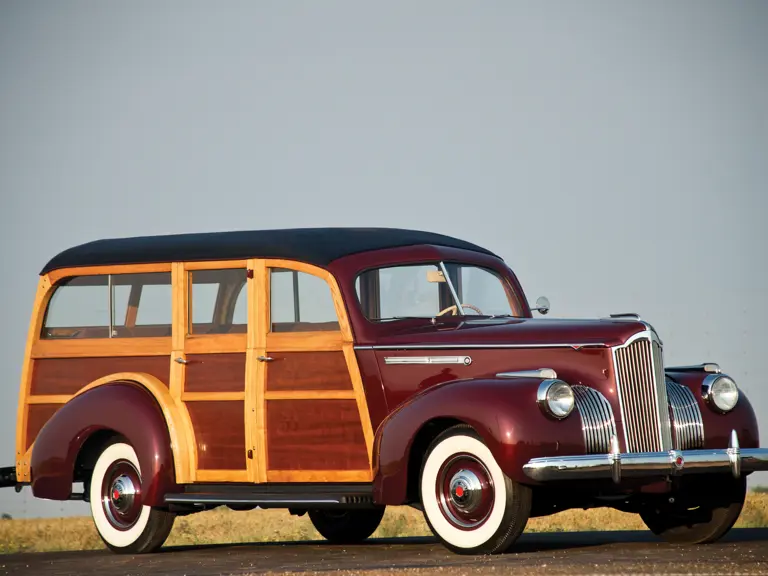

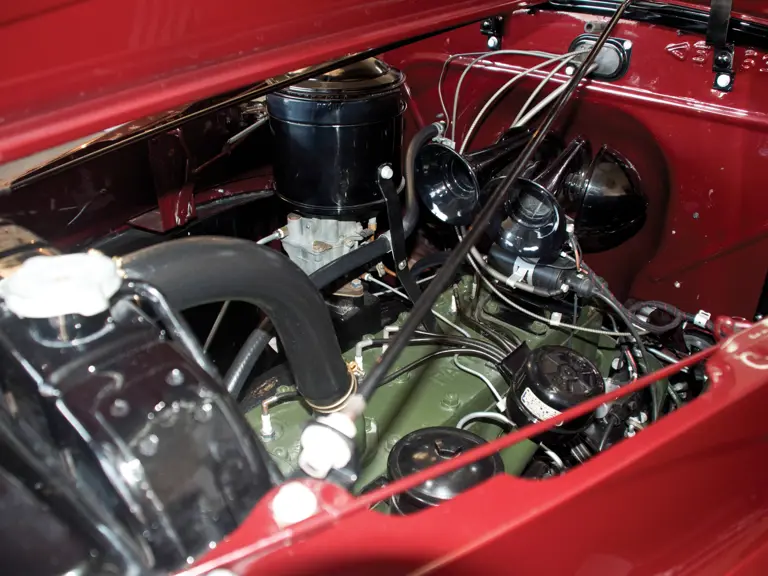
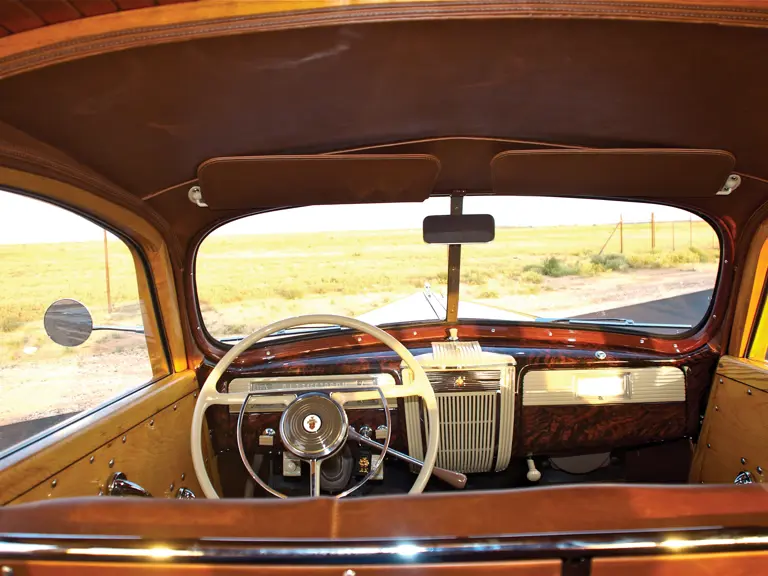
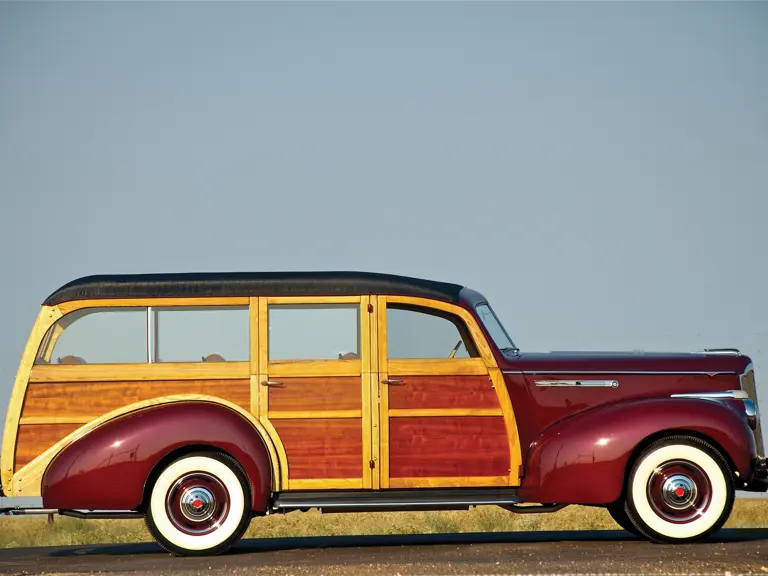



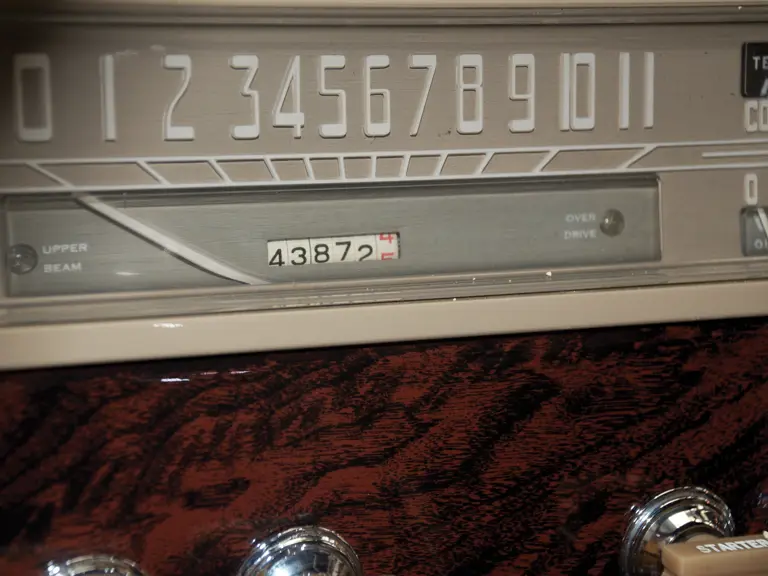
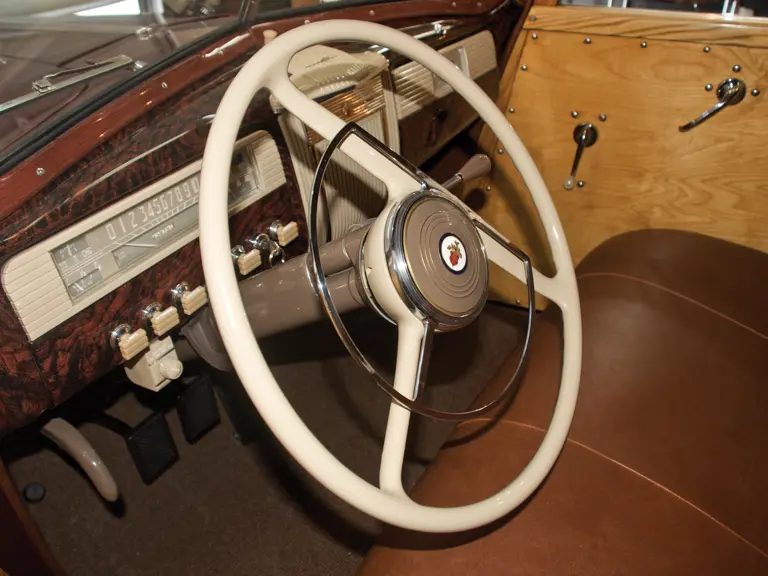


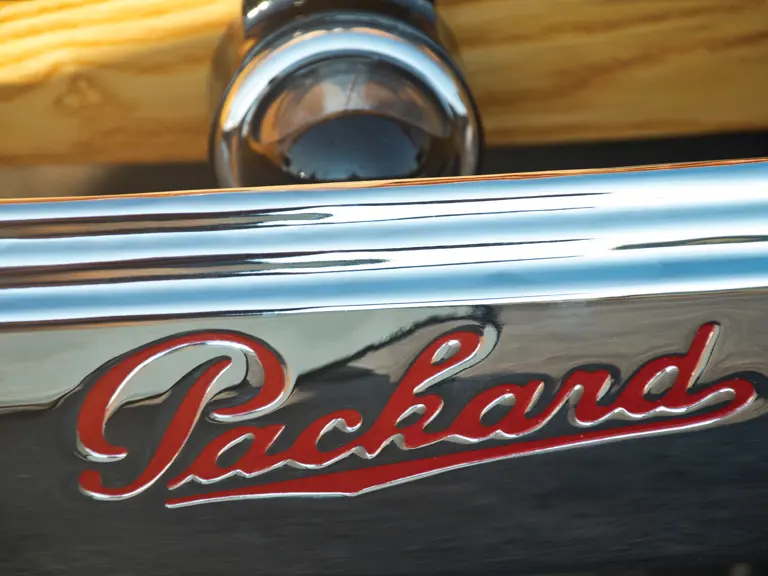
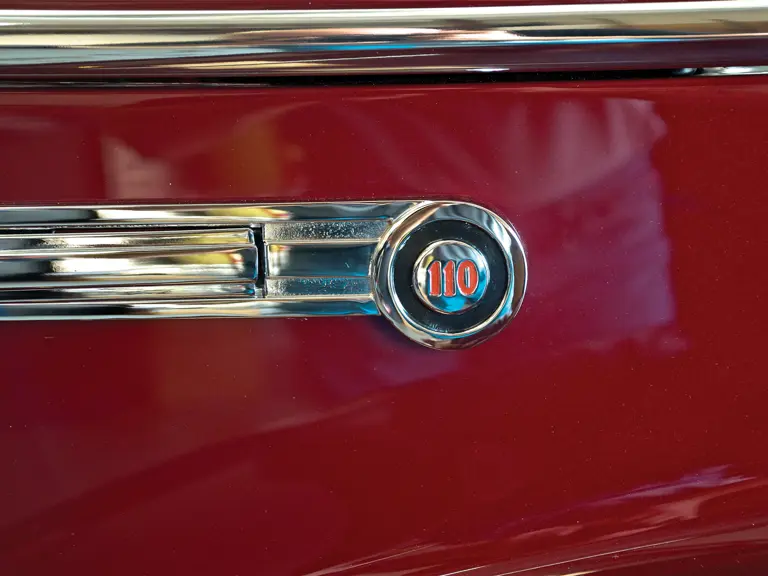
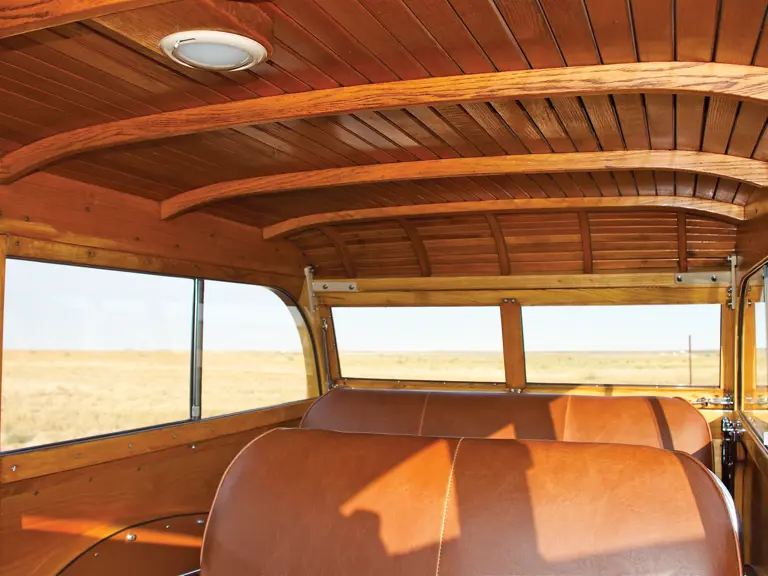
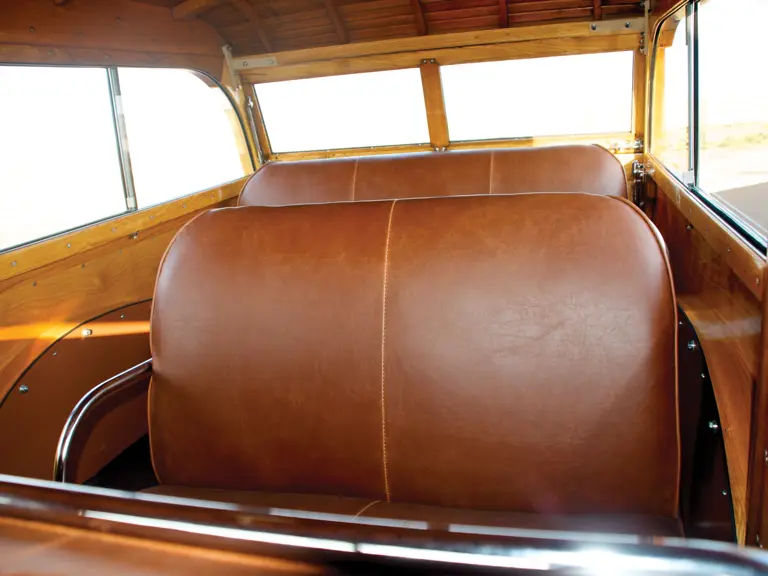
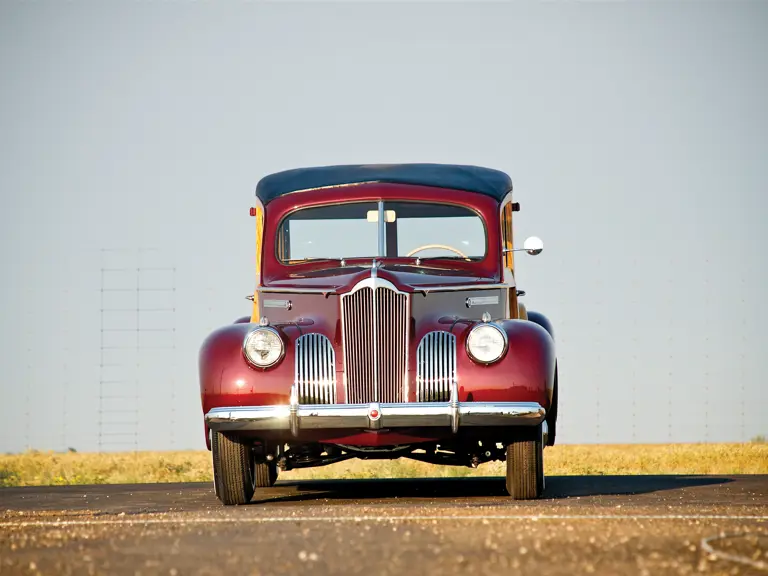


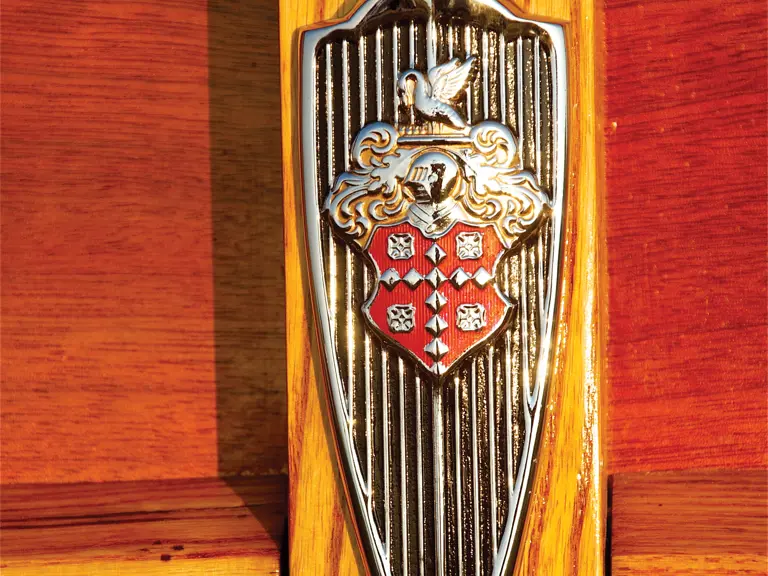
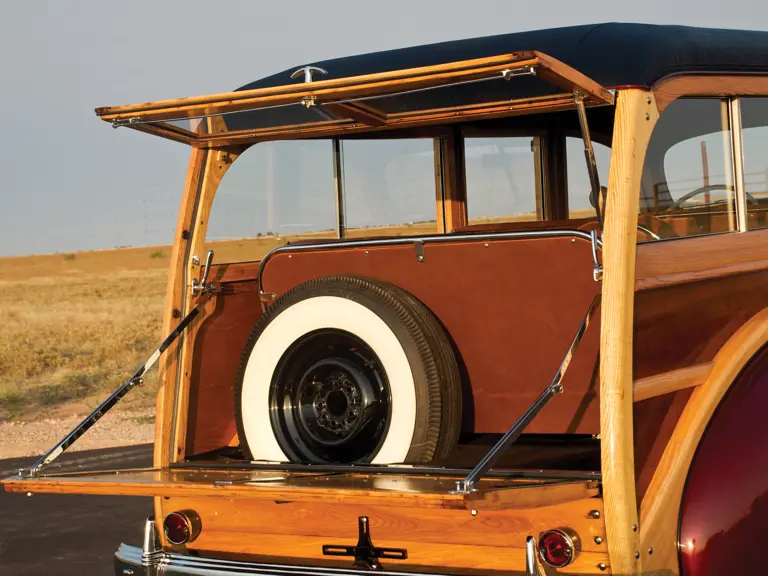

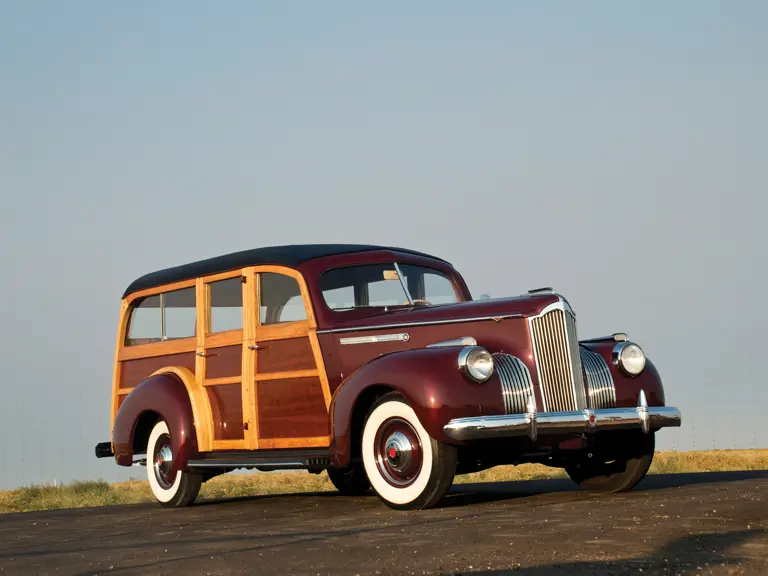

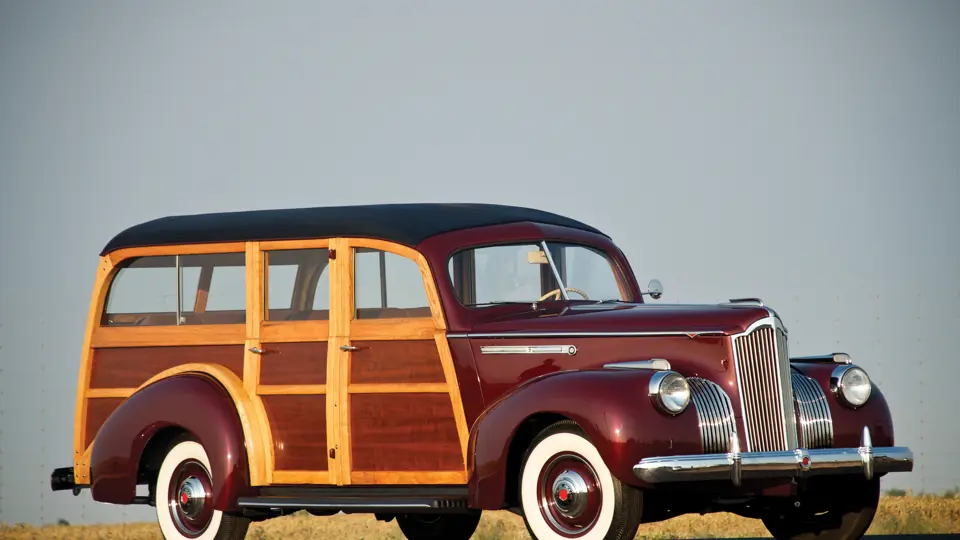
 | Monterey, California
| Monterey, California
